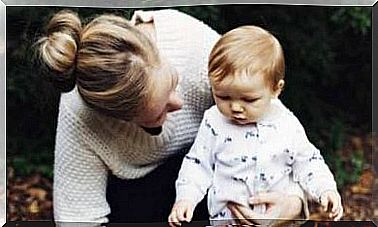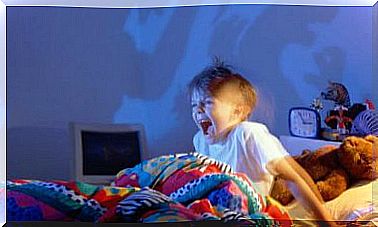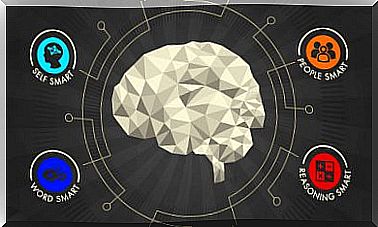What Is Positional Plagiocephaly?
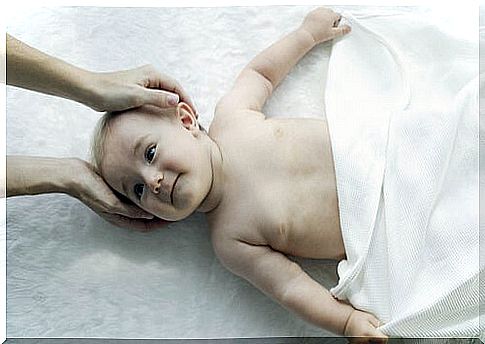
Positional plagiocephaly is a deformation of the baby’s skull that occurs as a result of external pressure. It consists of a slight crush or dent at the back of the head; It can also occur on the sides or in the parietal area.
This condition is the origin of the recommendation of pediatricians about the position of the baby when sleeping. Traditionally, it was advised to lay the baby on his stomach, but this position began to be associated with some cases of sudden death. Therefore, specialists began to recommend that newborns sleep on their backs.
Although some attribute poor developmental consequences to plagiocephaly, there are not really excessive risks. A clear and timely diagnosis can reverse the effects of plagiocephaly and its treatment is neither invasive nor bothersome for children.
How does positional plagiocephaly occur?
There are three common causes associated with positional or postural plagiocephaly and all have to do with external conditions; this reason rules it out of being a congenital disease.
- Static posture. In its first months of life, the mobility of the baby is limited; that causes the little ones to spend a lot of time in the same position, unless intervened.
Leaving your baby in the same position in his crib for a long time can cause positional plagiocephaly. The same thing happens in your reclining chair; This is because the base surface puts pressure on the child’s head.
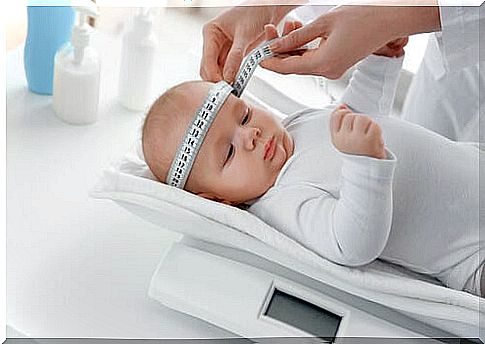
- Uterine pressure. Plagiocephaly has been reported in babies who have been conceived in small uteruses, or who have been part of a multiple pregnancy. Likewise, it has occurred in babies with muscular torticollis due to lack of space.
The causes of this pathology may be due to the uterus presenting a deformation or problems with the amniotic fluid. It may also be that the fetus grew too large for the space it had, leading to crushing.
- Instrumented delivery. Some babies have developed plagiocephaly when forceps or suction cups were used during delivery. In some cases, these instruments can cause malformations.
Other causes associated with positional plagiocephaly are premature deliveries. One possible explanation would be that the baby does not yet have a fully developed head. On the other hand, it can also be due to the time that must be spent in the same position, under observation until recovery.
What to do if positional plagiocephaly is suspected?
About 10% of newborns suffer from positional plagiocephaly; the immediate consequences of this condition are mainly aesthetic. Most specialists insist on ruling out neurological problems associated with this deformation.
The main way to diagnose positional plagiocephaly is through observation. During your regular checkup, the pediatrician should measure and look at the baby’s head from above; a child with plagiocephaly has an obvious dent on the back or side of his head.
Another way to confirm the lack of roundness of the skull is through touch, using the measure “finger, hand, thumb.” With great care, the adult’s little fingers are placed behind each baby’s ear; the palm rests on the side and the thumbs meet on the head forming a perfect semicircle.
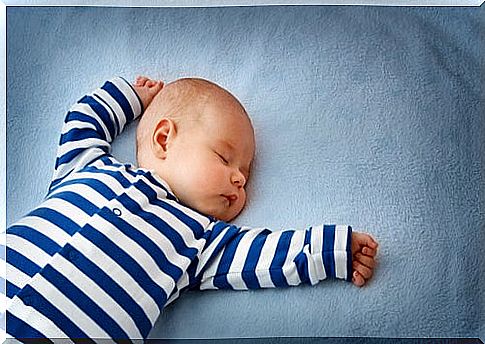
How can positional plagiocephaly be avoided?
There are certain healthy habits that parents can have in caring for the baby to avoid these later discomforts in the child:
- Constant change of position. The baby can be rotated from one side to the other while sleeping in order to avoid the same posture.
- Put the baby on his tummy only when he is awake. This position is recommended from three months or when they begin to support their head.
- Use special pillows. Special pillows have an indentation or hole where the baby rests his head.
- Catch the baby. The most effective way is to hold the baby for much of the day; kangaroos or chargers can be used for this.
To treat plagiocephaly, doctors recommend some physical therapy exercises that improve the condition. Of course , it will be the parents who will help the baby, after the diagnosis and medical indications.
In cases with greater pronunciation of the signals, the use of the special helmet for plagiocephaly is recommended. This device has an opening in the place where the crushing occurs. The baby should wear this helmet for 24 hours, for about 4 months.


